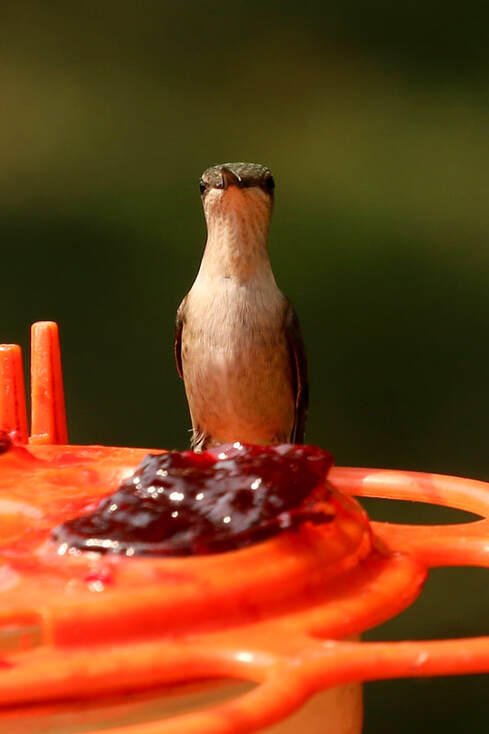
I posted a photo of a female hummingbird on a Facebook page for Pennsylvania birdwatchers. The hummingbird had perched on an oriole feeder that was filled with grape jelly.
Amid the comments of “cute photo” was a warning about hummingbirds and grape jelly from a group based in Antigo, Wisconsin.
“Earlier this week Raptor Education Group Inc. (REGI) admitted three adult ruby-throated hummingbirds from different areas, within a two-hour period.
"They were covered in grape jelly.
"One patient was deceased on arrival; the others are alive but struggling,” the post claimed.
The post went on to take to task the practice of providing grape jelly to orioles instead of orange slices.
REGI debated the feeding of high sugar jelly verses the healthier orange slices.
However, the group also mentioned that “Bird safer jelly is available at specialty stores such as Wild Birds Unlimited. These stores work hard to assure safe food and safe feeders as well and will evaluate their safety”.
The group went on to write that they “are in the process of figuring out why this is happening to hummers in particular, but do not have all the answers.”
The post had many, many shares and was even picked up by some news outlets. However, my search of the internet didn’t turn up any more jelly-related incidents other than the three hummingbirds mentioned in the post.
“We saw the same story you did, and like you, we aren’t aware of other examples of this sort of thing happening,” Johnson wrote in an email.
“Nevertheless, we generally recommend only feeding birds foods found in nature or foods manufactured by reputable suppliers specifically for feeding wild birds. We recommend feeding orioles nectar or fresh fruit like oranges or cut up grapes,” Johnson penned.
She additionally pointed out that the REGI post mentioned that “some wild bird food manufacturers are producing jelly for feeding to wild birds, including Wild Birds Unlimited, and those products should be safe.”
That’s just the nature of things round here.
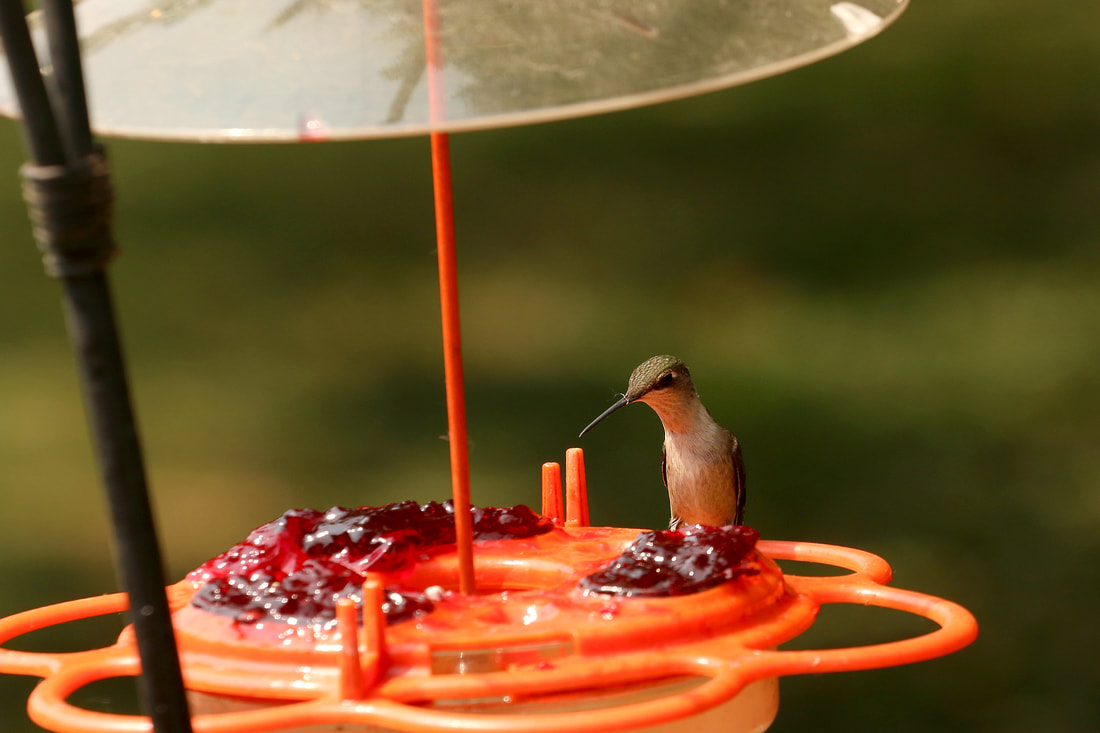
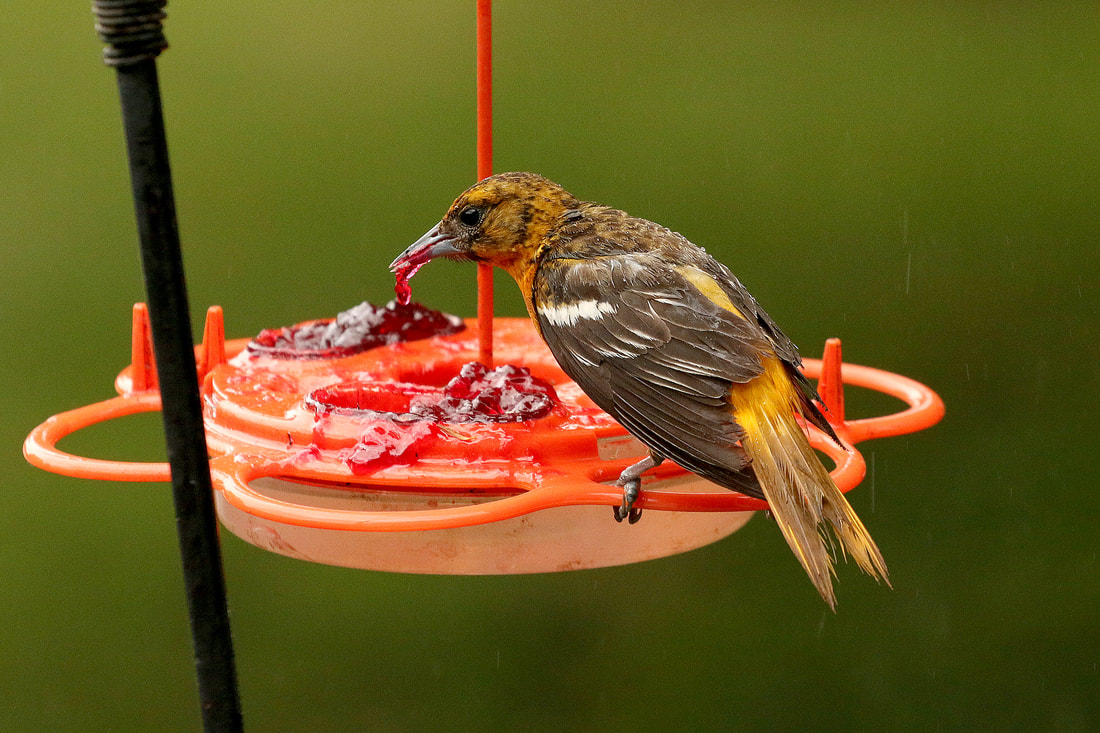
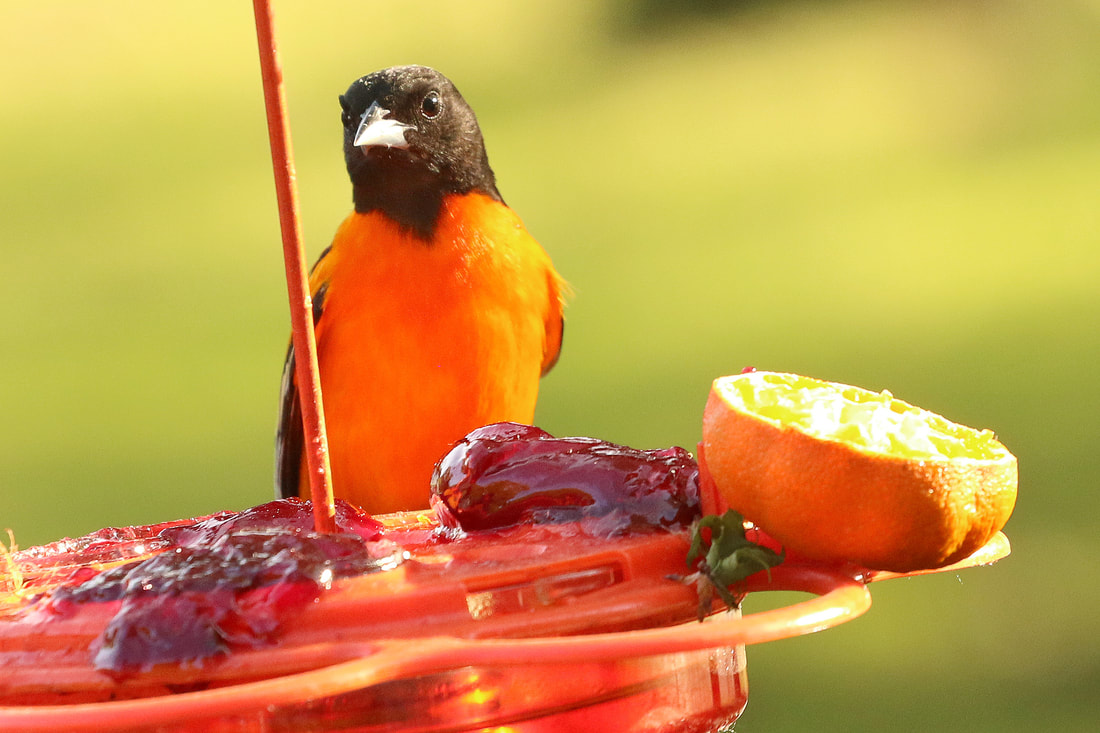

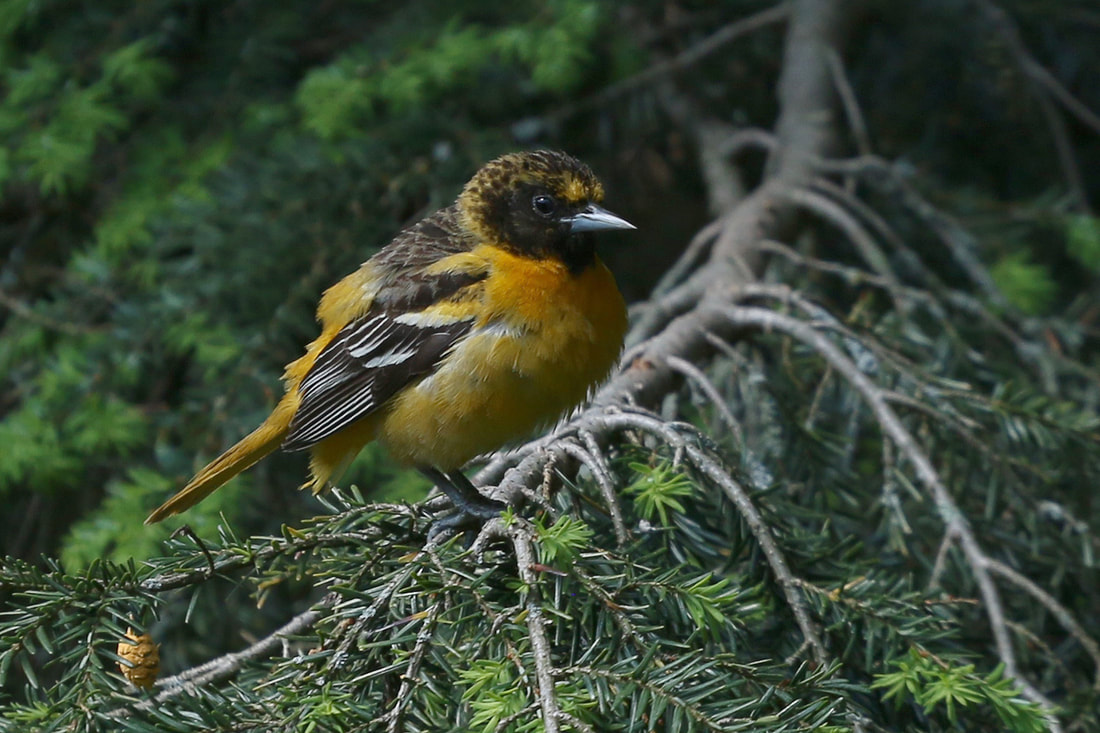
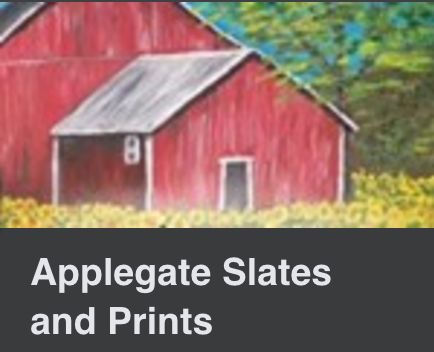
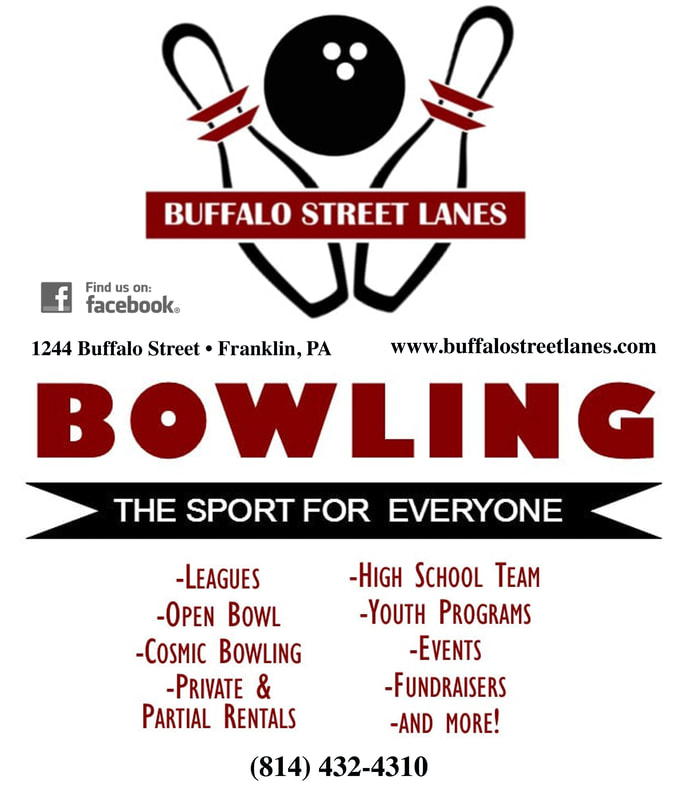
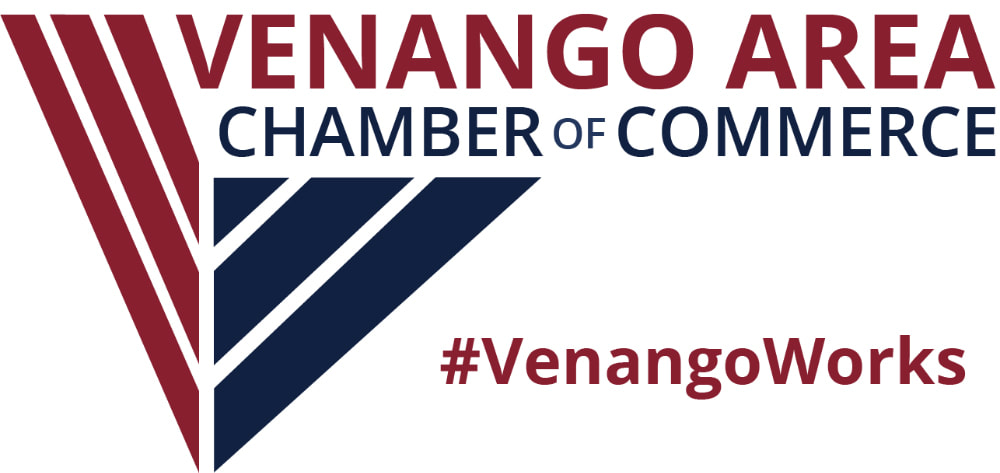

 RSS Feed
RSS Feed